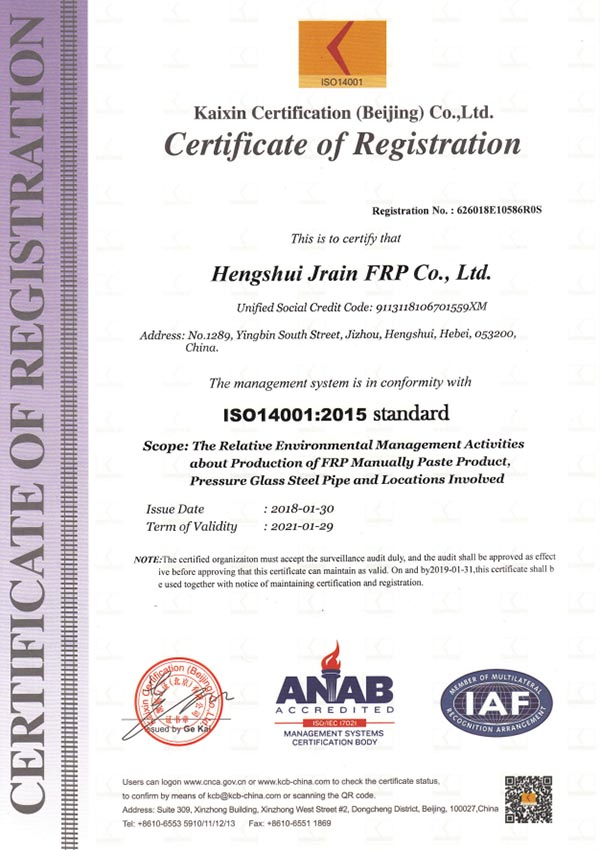
-
 Afrikaans
Afrikaans -
 Albanian
Albanian -
 Amharic
Amharic -
 Arabic
Arabic -
 Armenian
Armenian -
 Azerbaijani
Azerbaijani -
 Basque
Basque -
 Belarusian
Belarusian -
 Bengali
Bengali -
 Bosnian
Bosnian -
 Bulgarian
Bulgarian -
 Catalan
Catalan -
 Cebuano
Cebuano -
 China
China -
 China (Taiwan)
China (Taiwan) -
 Corsican
Corsican -
 Croatian
Croatian -
 Czech
Czech -
 Danish
Danish -
 Dutch
Dutch -
 English
English -
 Esperanto
Esperanto -
 Estonian
Estonian -
 Finnish
Finnish -
 French
French -
 Frisian
Frisian -
 Galician
Galician -
 Georgian
Georgian -
 German
German -
 Greek
Greek -
 Gujarati
Gujarati -
 Haitian Creole
Haitian Creole -
 hausa
hausa -
 hawaiian
hawaiian -
 Hebrew
Hebrew -
 Hindi
Hindi -
 Miao
Miao -
 Hungarian
Hungarian -
 Icelandic
Icelandic -
 igbo
igbo -
 Indonesian
Indonesian -
 irish
irish -
 Italian
Italian -
 Japanese
Japanese -
 Javanese
Javanese -
 Kannada
Kannada -
 kazakh
kazakh -
 Khmer
Khmer -
 Rwandese
Rwandese -
 Korean
Korean -
 Kurdish
Kurdish -
 Kyrgyz
Kyrgyz -
 Lao
Lao -
 Latin
Latin -
 Latvian
Latvian -
 Lithuanian
Lithuanian -
 Luxembourgish
Luxembourgish -
 Macedonian
Macedonian -
 Malgashi
Malgashi -
 Malay
Malay -
 Malayalam
Malayalam -
 Maltese
Maltese -
 Maori
Maori -
 Marathi
Marathi -
 Mongolian
Mongolian -
 Myanmar
Myanmar -
 Nepali
Nepali -
 Norwegian
Norwegian -
 Norwegian
Norwegian -
 Occitan
Occitan -
 Pashto
Pashto -
 Persian
Persian -
 Polish
Polish -
 Portuguese
Portuguese -
 Punjabi
Punjabi -
 Romanian
Romanian -
 Russian
Russian -
 Samoan
Samoan -
 Scottish Gaelic
Scottish Gaelic -
 Serbian
Serbian -
 Sesotho
Sesotho -
 Shona
Shona -
 Sindhi
Sindhi -
 Sinhala
Sinhala -
 Slovak
Slovak -
 Slovenian
Slovenian -
 Somali
Somali -
 Spanish
Spanish -
 Sundanese
Sundanese -
 Swahili
Swahili -
 Swedish
Swedish -
 Tagalog
Tagalog -
 Tajik
Tajik -
 Tamil
Tamil -
 Tatar
Tatar -
 Telugu
Telugu -
 Thai
Thai -
 Turkish
Turkish -
 Turkmen
Turkmen -
 Ukrainian
Ukrainian -
 Urdu
Urdu -
 Uighur
Uighur -
 Uzbek
Uzbek -
 Vietnamese
Vietnamese -
 Welsh
Welsh -
 Bantu
Bantu -
 Yiddish
Yiddish -
 Yoruba
Yoruba -
 Zulu
Zulu
FRP Desalination Systems Piping and Fittings for Enhanced Efficiency and Durability
FRP Desalination Piping and Fitting A Sustainable Solution for Water Scarcity
In the face of increasing global water scarcity and the pressing need for sustainable water supply solutions, desalination has emerged as a critical technology. The process of converting seawater into fresh water is vital for many regions, particularly those with limited freshwater sources. One essential component of desalination plants is the piping and fittings used to transport and manage the water throughout the system. Fiber Reinforced Plastic (FRP) has gained popularity in this domain due to its unique properties and advantages.
Understanding FRP
FRP, or Fiber Reinforced Plastic, is a composite material made from a polymer matrix combined with fibers, which provide enhanced strength and durability. The commonly used fibers include glass, carbon, and aramid. The result is a lightweight, corrosion-resistant material that is ideal for harsh environments, such as those found in marine and desalination applications. Given the salty and abrasive nature of seawater, the choice of materials for desalination piping is critical to ensure long-lasting performance and reliability.
Advantages of FRP in Desalination
One of the most significant advantages of using FRP for desalination piping and fittings is its corrosion resistance. Traditional materials like steel are prone to rust and degradation when exposed to saline environments. In contrast, FRP can withstand corrosive conditions without significant wear, thereby reducing maintenance costs and extending the lifespan of the system.
Moreover, the lightweight nature of FRP simplifies installation processes. The reduced weight compared to conventional materials means that less structural support is required, leading to lower construction costs and faster project completion times. This is particularly beneficial in remote or offshore locations where logistics can be challenging.
frp desalination piping and fitting

In addition to corrosion resistance and lightweight properties, FRP’s superior insulation capabilities enhance energy efficiency. Insulated piping reduces heat loss in thermal desalination processes, which can significantly lower operational costs over time. Furthermore, the smooth internal surfaces of FRP piping minimize pressure losses and improve flow rates, optimizing the overall efficiency of the desalination plant.
Design Flexibility and Customization
FRP offers remarkable design flexibility, allowing engineers to fabricate pipes and fittings in various shapes and sizes tailored to specific project requirements. Customization is particularly advantageous in complex installations where conventional materials may not conform easily to the design. The ability to mold FRP into different configurations enhances its applicability across diverse desalination systems.
Environmental Considerations
In an era where environmental sustainability is increasingly prioritized, the use of FRP aligns with greener practices. The production process of FRP can be designed to minimize waste and energy consumption, and its longevity means that fewer replacements are needed, contributing to reduced material waste over time. Furthermore, the lightweight nature of FRP also lowers the carbon footprint associated with transportation and installation.
Conclusion
As the global demand for fresh water grows, innovative solutions are essential to meet this challenge. FRP desalination piping and fittings represent a sustainable, efficient, and economically viable option for the desalination industry. With their corrosion resistance, lightweight characteristics, and design versatility, FRP materials can help ensure that desalination plants operate effectively and sustainably, securing fresh water resources for future generations. Embracing such technologies will be key to addressing water scarcity and building resilient communities worldwide.









